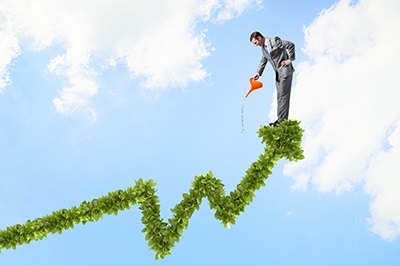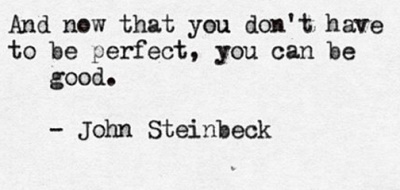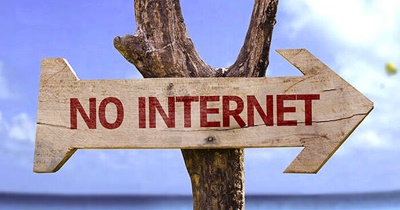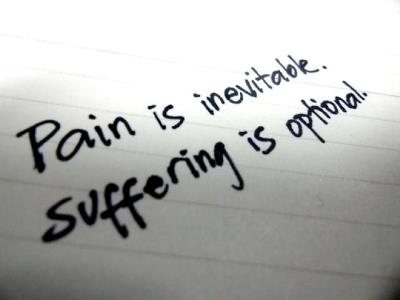Following on our previous post ‘How to Accept to Stop Chasing Perfection – a New Trend for Self Help?‘ and the
Guardian article ‘Want to transform your life? Stop chasing perfection‘, I want to share an interrogation that pervades my study of self-improvement. There are a number of philosophies that encourage passivity and acceptance, while obviously some effort is needed to improve; on the other hand it should not become a struggle. How to encounter the just middle? How to dose our effort?

This is well expressed in the Guardian article: “Transformative self-reinvention may be an overoptimistic dream, but defeatism about change is its own kind of false comfort, too: both are forms of absolutism that serve to justify passivity.“
It seems obvious to me that passivity is not the response. Self-improvement is needed, a minimum being what is required to adapt to changes in the society and environment that surrounds us. Some effort is thus needed. Too much effort will lead to suffering, and possibly be counter-productive by cutting us away from important social ties.
It seems to me that the answer is given by the theory of flow: flow is achieved when faced with a somewhat difficult task, but not so difficult that it strains us too much. It is all a question of dosage – being just outside our comfort zone but not too far.
How is currently your dosage? Are your objectives too challenging? Are you rather too easy on yourself?











